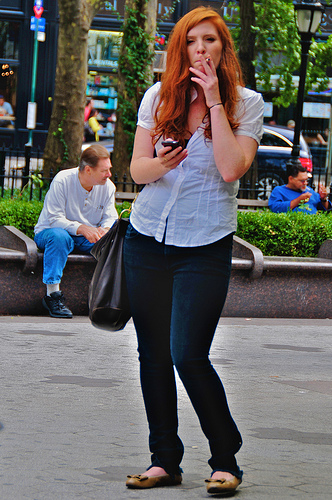Injury and performance exist on a sliding scale. At one end we are completely broken down, hurt, and unable run/bike/swim/lift/fight/hike/etc. At the other end we’re performing at our peak. Probably every active person has been injured and I’m willing to bet that every active person would like to perform their very best. This post is for runners in either or both camps.
Runners are often injured. According to a review of literature in the British Journal of Sports Medicine, rates of lower-leg injury ranged from 19.4% to 79.3% among study subjects. The magic questions are 1)Why do we get injured? and 2) How do we overcome injuries?
I think it stands to reason that if we hurt while running then very likely it’s the way we run that’s the problem. Running requires complex coordination among many parts and systems. It is mind boggling to try and dissect running form, find the problems and then either teach or learn new, helpful techniques.
Meanwhile, if we’re not injured and we’re able to run, then we probably want to know how to run faster and more efficiently. How do we we achieve these goals? These questions aren’t easily answered. With all that in mind, I found two resources that may offer some very valuable information on these issues.
The first is the Physio Edge Podcast 049, Running From Injury with Dr. Rich Willy. At about the 20:30 mark Dr. Willy gives some good external cues to help promote running form that may help with IT band pain. The cues involve the knees and the hips:
- If the knees cave in too much while running: He puts brightly colored tape on the outside He has the patient run on a treadmill facing a mirror. He tells the patient to push the tape out toward the walls.
- If the hips are adducting too much: The runner runs on a treadmill facing a mirror with the waistband of their shorts clearly visible. He instructs the runner to keep the pelvis level by keeping their waistband level.
Listen to the podcast to get all the details.
Next is an article from the always informative Alex Hutchinson at the Sweat Science column at Runner’s World. What Makes a Running Stride Efficient? Hutchinson discusses a study from Loughborough University in England that looked at biomechanical factors
“For running economy, three variables stood out: vertical oscillation (measured by the up-and-down motion of the pelvis; less is better); how bent your knee is when your foot hits the ground (more bent is better); and braking (also measured by looking at the motion of your pelvis; less slowdown as your foot hits the ground is better).
“Overall, these three variables explained 39.4 percent of the individual differences in running economy—and the vast majority of that (27.7 percent) came from vertical oscillation.
“For running performance, four variables stood out: braking (as above); the angle of the shin when your foot hits the ground (closer to vertical is better); duty factor (basically a measure of how long your foot stays on the ground relative to your overall stride; quicker is better); and the forward lean of your trunk (more upright is better).
Overall, these four variables explained 30.5 percent of individual variation in race times, with shin angle (10 percent) and braking (9.9 percent) as the biggest contributors.”
Something I always appreciate about Hutchinson’s writing is that he lays out some of the errors in thinking that we might encounter when we assume that employing new running techniques will automatically equal better, faster, pain-free running. Are these characteristics of efficient runners chickens or eggs?
“For example, you could imagine a study that compared elite runners to ‘regular’ runners and found that the elite tend to have more highly defined calf muscles. It doesn’t necessarily follow that doing a whole bunch of hardcore calf exercises will make you faster. It’s more likely that a whole lot of training, combined with some genetics, has given elites more defined calves. Fixating on getting better calf muscles would be distraction that’s unlikely to help you, and takes away from things that really would make you faster, like running more.”
That said, (and he mentions this) it may well investigating new strategies based on these findings. From my experience in helping people with their running, aiming to achieve these biomechanical outcomes can help. (This post offers a few cues that I’ve found useful to use with runners.)
Ideally, you should be videoed while running.Trying to adjust your gait without knowing how you’re currently running might be near impossible. Video is a very powerful tool when it comes to making adjustments to sporting techniques and I highly recommend it.
Definitely read the article and listen to the podcast if you think you need help with your running or if you’re a coach who works with runners. And if doing it yourself isn’t getting you the results you want then I strongly suggest you employ some sort of running coach to help.

